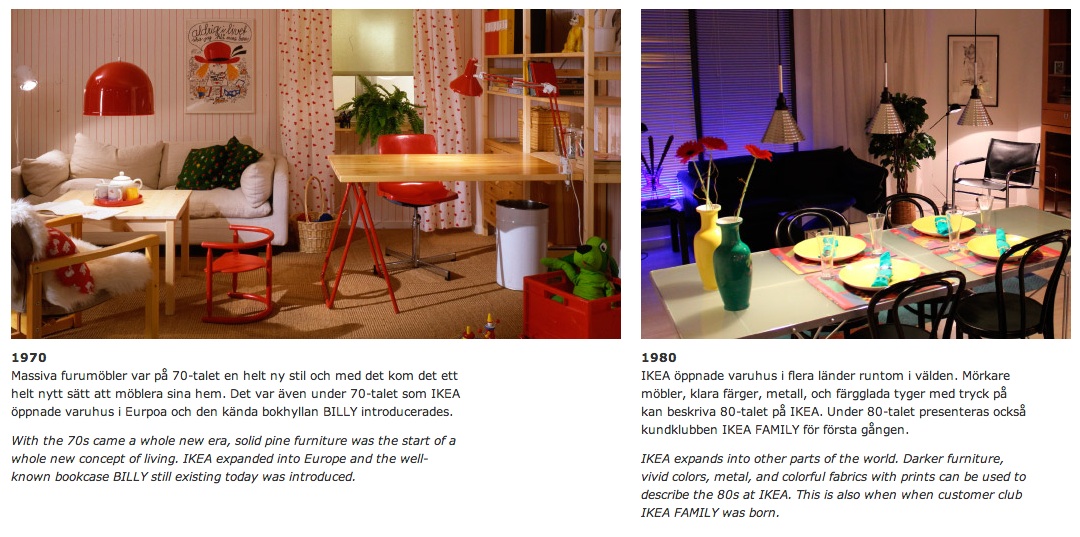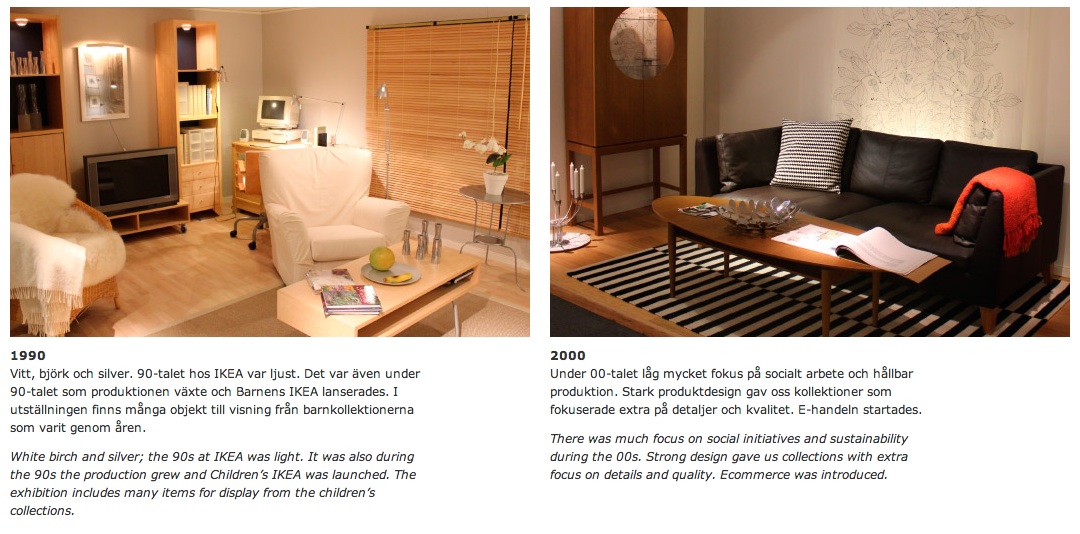Global retail giant IKEA has announced that it will transform its original store, in Älmhult, Sweden, into a museum celebrating the history of the company and its hugely popular products.
Given its cult following, especially in Europe, the retailer expects the IKEA Museum to draw some 200,000 visitors to the rural town in southern Sweden.
The company was founded in 1943 by 17-year-old Ingvar Kamprad, currently one of the world's richest people, with a net worth exceeding $4 billion. Kamprad opened the original location in 1958.
IKEA's Michele Acuna, who will manage the project, said the idea for the museum became a real possibility after the Älmhult store was moved to a new site nearby.
At 37,600 sf, the building is markedly smaller than the mammoth, bright-blue boxes that are commonplace across the globe, but it will serve as ample space for the exhibits.
It's expected that the museum will be a beefed up version of the 8,600-sf, 20-room IKEA Through the Ages display at the company's culture center in Älmhult.
Here's the company's statement on the project:
When the old IKEA Älmhult store was replaced in November 2012 by a new store, it left a building rich with history at the heart of the IKEA world - the perfect home for the new IKEA Museum.
This first and only IKEA Museum will be “a house of stories”; stories about people, challenges, opportunities, design, homes and home furnishing. It plans to open in 2015. The ambition of the museum is to engage all visitors and encourage them to take an active part in the IKEA story.
Here's a look at several of the IKEA Through the Ages exhibits (courtesy IKEA):
Related Stories
| May 18, 2011
Carnegie Hall vaults into the 21st century with a $200 million renovation
Historic Carnegie Hall in New York City is in the midst of a major $200 million renovation that will bring the building up to contemporary standards, increase educational and backstage space, and target LEED Silver.
| May 17, 2011
Redesigning, redefining the grocery shopping experience
The traditional 40,000- to 60,000-sf grocery store is disappearing and much of the change is happening in the city. Urban infill sites and mixed-use projects offer grocers a rare opportunity to repackage themselves into smaller, more efficient, and more convenient retail outlets. And the AEC community will have a hand in developing how these facilities will look and operate.
| May 17, 2011
Architecture billings index fell in April, hurt by tight financing for projects
The architecture billings index, a leading indicator of U.S. construction activity, fell in April, hurt by tight financing for projects. The architecture billings index fell 2.9 points last month to 47.6, a level that indicates declining demand for architecture services, according to the American Institute of Architects.
| May 17, 2011
Sustainability tops the syllabus at net-zero energy school in Texas
Texas-based firm Corgan designed the 152,200-sf Lady Bird Johnson Middle School in Irving, Texas, with the goal of creating the largest net-zero educational facility in the nation, and the first in the state. The facility is expected to use 50% less energy than a standard school.
| May 17, 2011
Gilbane partners with Steel Orca on ultra-green data center
Gilbane, along with Crabtree, Rohrbaugh & Associates, has been selected to partner with Steel Orca to design and build a 300,000-sf data center in Bucks County, Pa., that will be powered entirely through renewable energy sources--gas, solar, fuel cells, wind and geo-thermal. Completion is scheduled for 2013.
| May 17, 2011
Should Washington, D.C., allow taller buildings?
Suggestions are being made that Washington revise its restrictions on building heights. Architect Roger Lewis, who raised the topic in the Washington Post a few weeks ago, argues for a modest relaxation of the height limits, and thinks that concerns about ruining the city’s aesthetics are unfounded.
| May 17, 2011
The New Orleans master plan
At an afternoon panel during last week's AIA National Conference in New Orleans, Goody Clancy Principal David Dixon and Manning Principal W. Raymond Manning shared their experiences creating the New Orleans Master Plan, a document that sets a new course for the city, from land use and transportation planning to environmental protection.
| May 17, 2011
Do these buildings look like buffalo to you?
It’s hard to contemplate winter now that we’re mid-spring, but when the seasons change, ice skaters in Winnipeg will be able to keep warm in plywood shelters designed by Patkau Architects. The designers created temporary shelters inspired by animal behavior—specifically, buffalo bracing against the wind. Check them out.
| May 16, 2011
USGBC and AIA unveil report for greening K-12 schools
The U.S. Green Building Council and the American Institute of Architects unveiled "Local Leaders in Sustainability: A Special Report from Sundance," which outlines a five-point national action plan that mayors and local leaders can use as a framework to develop and implement green schools initiatives.















